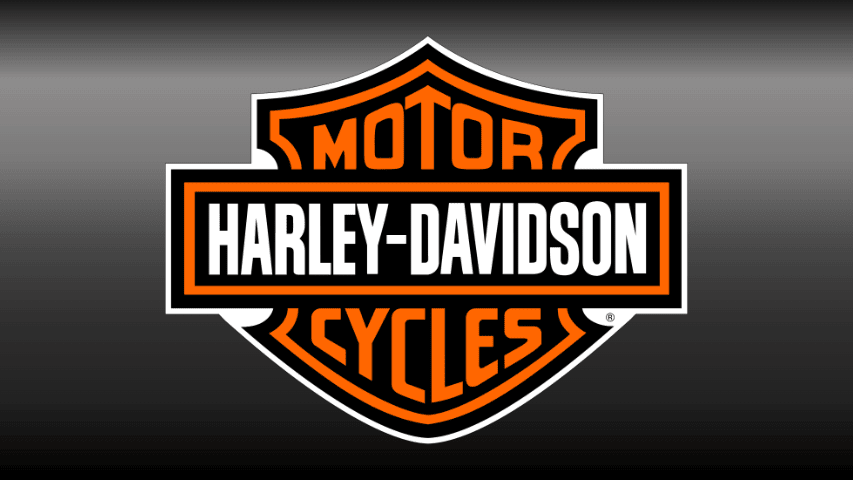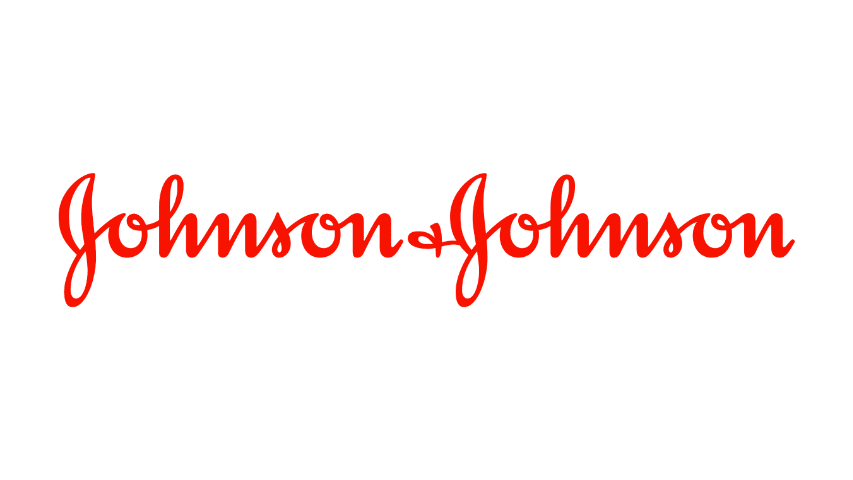The Story of Harley Davidson: A Management Lesson

Table of Contents
Introduction
Harley Davidson is a household name and has become synonymous with the quintessential motorcycle experience. However, this iconic company faced a severe decline in the early 80s, which almost led to its shutting down. This article explores the reasons for the decline and how the leadership team turned things around.
The Decline
By the 80s, Harley's market share had dwindled to just 15%. There were various reasons for this, including increased production with deteriorating quality, lack of standardized quality control, and Japanese motorbike manufacturers entering the market with better-engineered, lower-priced bikes. Harley's leadership realized that if they didn't take immediate action, the company would be in serious trouble.
The Turnaround
The leadership team decided to upgrade the engine, which needed a significant overhaul. They also instituted a quality control and inspection program, which fixed the worst errors in the assembly line. They introduced a new bike model called the Super Light, which drastically reduced costs, and other custom cruiser models that brought them back into the spotlight.
Harley Davidson's leadership team recognized that they needed to make some major changes that focused on operations and management. They adopted a just-in-time inventory system and reorganized manufacturing plants to adopt this method. The company's leadership also realized that they needed to involve each group and department in the process of change. They included workers in the design of new factory systems, which helped spread ownership and accountability across all tiers of employees. Workers also upskilled and learned statistical tools for monitoring and evaluating their work, which helped maintain production standards.
Finally, the company launched an ambitious promotional campaign called the Super Ride TV ads in 1984. The campaign featured an open invitation to people across the US to walk into any dealership and take a new Harley for a ride. The company gave 90,000 free rides to 40,000 people, half of whom were owners of non-Harley motorbikes. Although this did not pay off immediately, when these bikers were ready for a new purchase, many of them chose Harley.
Conclusion
The Harley Davidson story is a classic management lesson. It teaches us that even a company with a long-standing reputation and dedicated fan base can face decline if it doesn't innovate and evolve. The leadership team's decision to involve all stakeholders in the change process, adopt new inventory management systems, and learn new skills and tools was critical to the company's success. The turnaround of Harley Davidson is an inspiring story of how management can make a significant difference in a company's fate.

